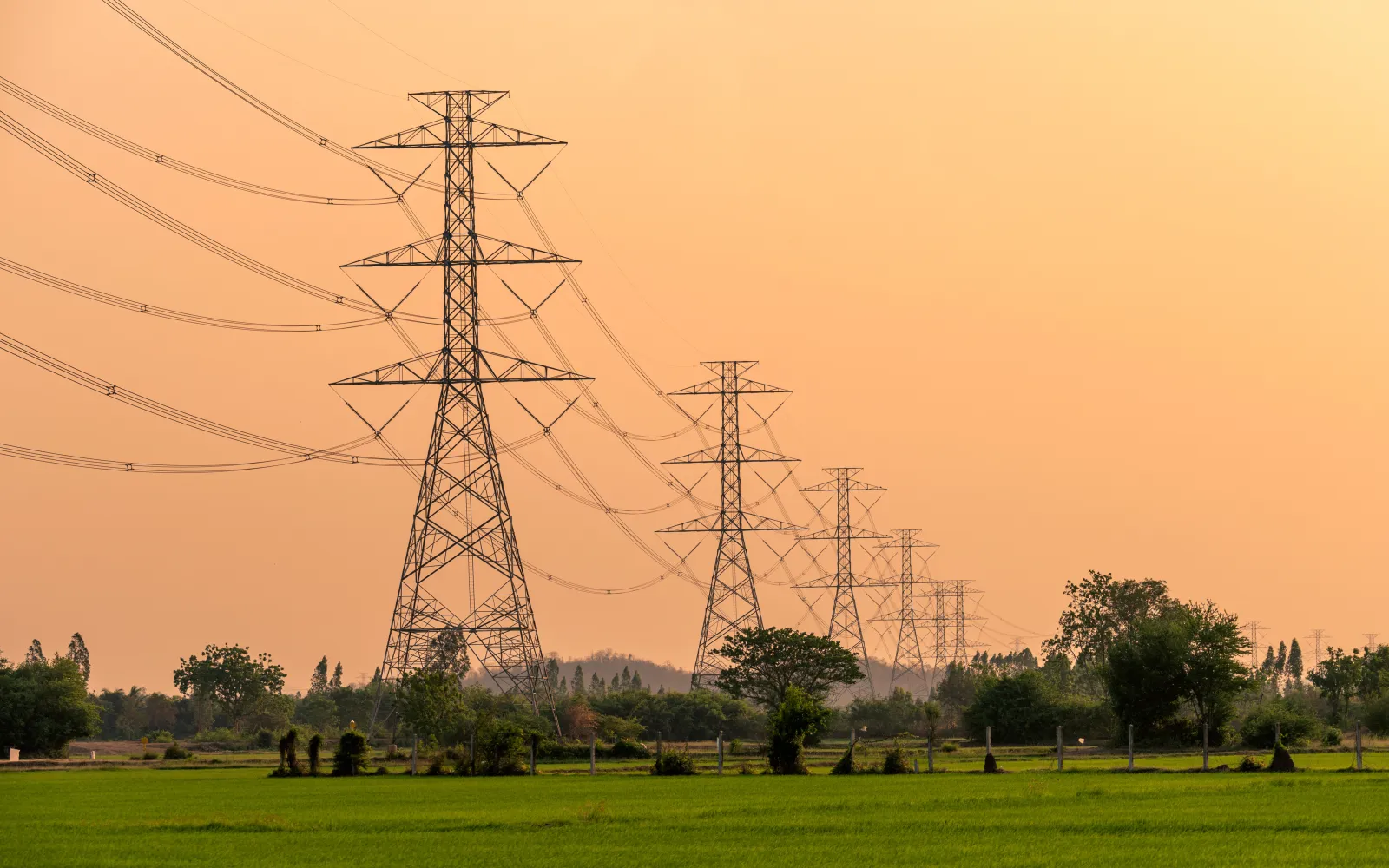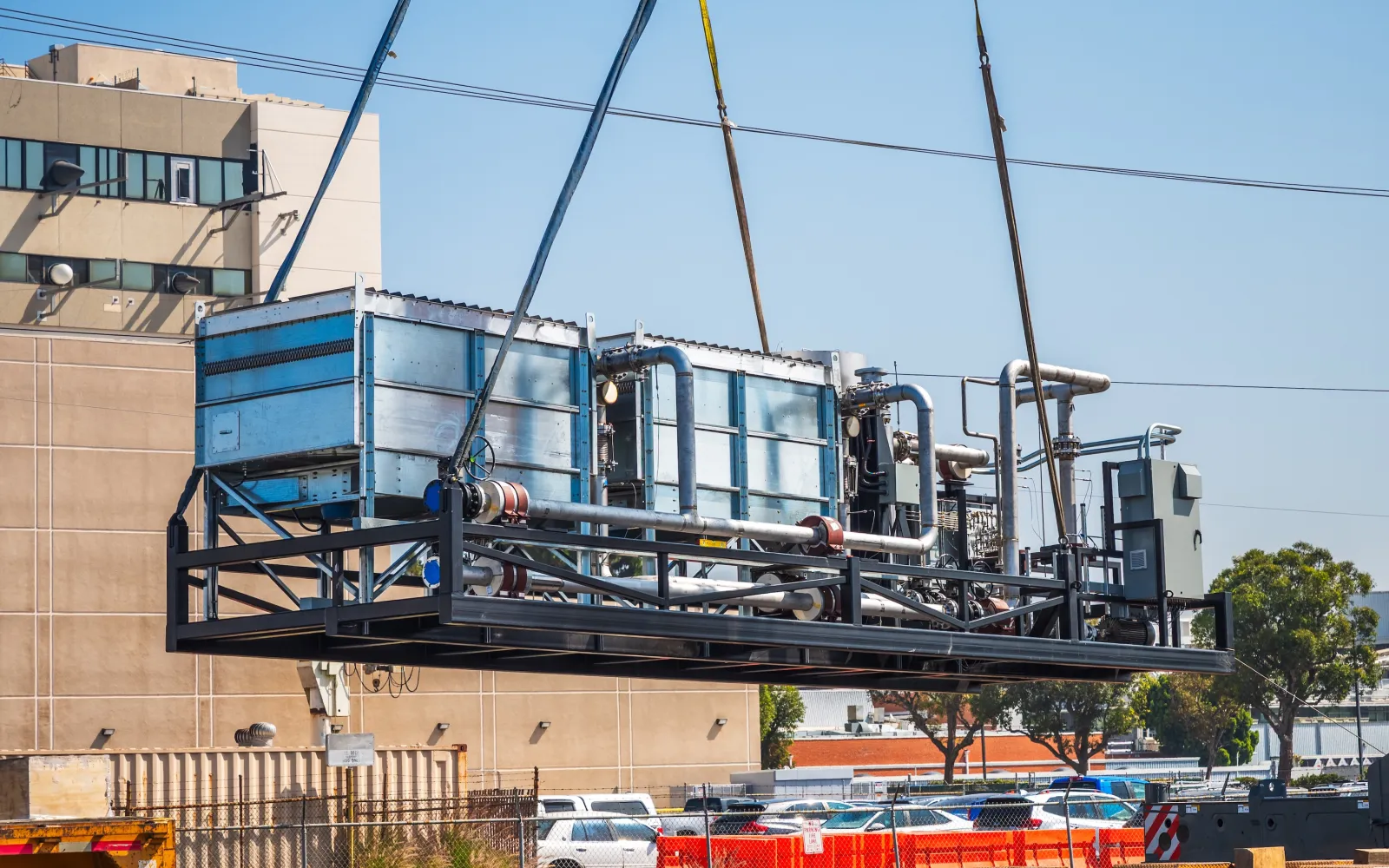
Harder than people think: direct air carbon capture and storage

The DCVC Deep Tech Opportunities Report (which debuted this year) summarizes our thinking about the deep tech investment areas we consider the most exciting, important, and consequential. It’s a guide to the inspiring work innovators inside and outside the firm’s portfolio are doing to extend human capabilities, save the environment, and make everyone’s lives longer, healthier, and easier. It also covers five technologies that we might categorize as “enticing, but unready to advance at the pace required by venture capital.” These are hard problems where we don’t see the required technical insights or market demand on the near horizon, and where fundamentally new thinking might be required. What follows is one of them.
In a 2018 special report, the U.N.’s Intergovernmental Panel on Climate Change said that to limit global warming to 1.5°C above preindustrial levels, it won’t be enough to stop adding greenhouse gases to the atmosphere. We’ll also need to remove somewhere between 100 and 1,000 gigatons of CO₂ from the air before the century is out.
Unfortunately, the panel judged that all of the types of CO₂ removal it examined — afforestation, regenerative farming, enhanced weathering, burning biomass fuels with full carbon capture and storage, and direct air carbon capture and storage (which requires separating out molecules of CO₂ that are present in the atmosphere at about 417 parts per million) — face “multiple feasibility constraints.” The main problem with direct air capture, the panel noted, is that it’s too energy-intensive, and therefore too expensive.
That will still likely be the case in five, seven, even 10 years — which is why we at DCVC are somewhat surprised to see hundreds of millions of dollars in capital flowing into early-stage direct air capture companies. Most of these companies are building small demonstration plants where air passes over a solid absorbent filter or a liquid solvent that takes up CO₂ molecules. The filter or the solution is then heated to 80 – 900°C to release the CO₂, which is pumped underground or used for industrial purposes. The heating phase requires a lot of energy, and so far, these companies haven’t shown how they’ll bring their energy needs down enough to compete with other forms of carbon removal.
One facility in Iceland, owned by Climeworks, charges customers a reported $600 per ton for its carbon offsets. Carbon Engineering, in Canada, says its technology can capture CO₂ at a cost of $100 to $250 per ton. But do the math. Even at $100 per ton, capturing 100 gigatons of CO₂, the low end of the IPCC’s estimate of what will be necessary, would cost $10 trillion — more than a tenth of global GDP.
Obviously, the technology will advance, but the question for careful investors is whether progress will come soon enough to pay off the earliest bets. On the online prediction marketplace Metaculus, the median guess for when direct air capture costs will fall below $50 per ton is 2040. We think that’s optimistic.
Point-source carbon capture is evolving much faster. We’re watching companies like Carbon Clean, which builds modular chambers that use a liquid solvent to absorb flue gas at cement and steel plants and oil refineries; Remora, which can capture at least 80 percent of the CO₂ coming out the tailpipes of semitrucks; and Osmoses, which is developing novel gas-separation membranes that could lower the cost of carbon capture.
Such technologies could become affordable in the foreseeable future, and we hope to see them in operation someday on the roads and at every industrial site that emits CO₂. But in the estimation of DCVC partner Rachel Slaybaugh, it’s “just too soon” for direct air capture to be a viable climate-tech investment opportunity.
“I’m not saying we won’t need it,” Slaybaugh says. “And I’m not saying there won’t eventually be good businesses here. I’m saying right now the markets are very nascent, and I don’t see how you can make a venture return. And, to make progress on decarbonizing right now, it’s much cheaper to just stop emitting these gases.”
Related Content


Radiant raises $300 million+ Series D toward portable nuclear energy at scale

DCVC DTOR 2025: One way to stop adding carbon to the air is to get the carbon we need from the air
